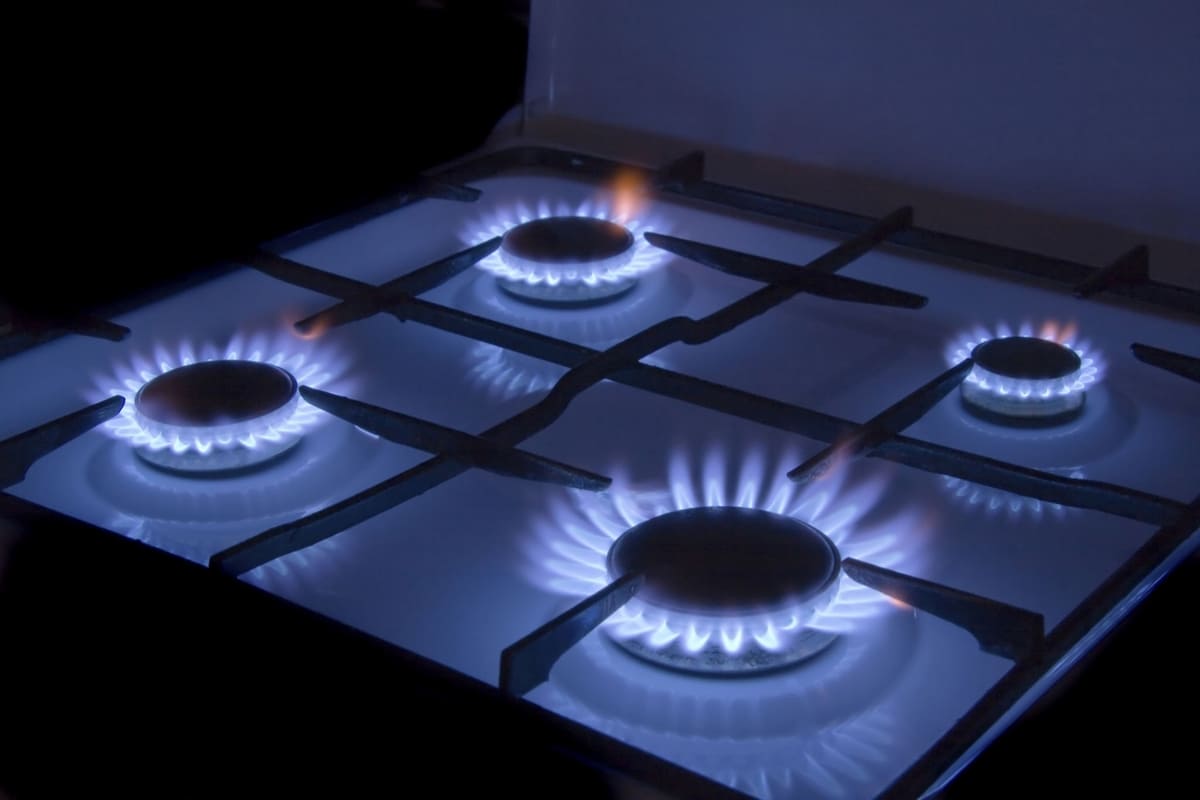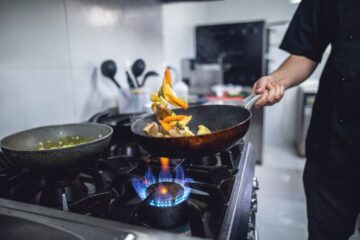Leaving the stove on can be a common mistake that can have serious consequences. Whether it’s an electric or gas stove, it’s important to be aware of the potential risks of leaving it on unattended. While electric stoves often come with auto-shutoff features that turn off the heat after a certain amount of time, gas stoves may not have the same safety measures in place.
If a stove is left on for too long, it can lead to burned food, damaged cookware, and potentially even housefires. In the case of gas stoves, leaving the burner on without a flame can also result in the release of toxic fumes such as carbon monoxide, which can be deadly if inhaled in large amounts. It’s crucial to take precautions to prevent these hazards from occurring, such as setting a timer or double-checking that the stove is turned off before leaving the kitchen.
In this article, we will explore the potential risks of leaving the stove on and provide tips on how to prevent accidents from happening. We will also examine the safety features of different types of stoves and discuss what to do in case of an emergency. By understanding the dangers of leaving the stove on and taking the necessary precautions, individuals can ensure their safety and prevent potential disasters from occurring.
The Dangers of Leaving the Stove On
Leaving the stove on can be dangerous for several reasons. It can cause fire hazards and carbon monoxide poisoning, which can both be life-threatening. In this section, we will discuss these dangers in detail.
Fire Hazards
Leaving the stove on for an extended period can be a fire hazard. According to Eat Pallet, “If a pot or pan is left on the burner, it can overheat and start a fire.” This can happen when the food in the pot or pan boils over or when the oil in the pan catches fire. It can also happen when the stove is left on while no pot or pan is on the burner. In this case, the heat can ignite nearby objects, such as wooden spoons or paper towels.
Carbon Monoxide Poisoning
Carbon monoxide is a colorless, odorless gas that is produced when fuel is burned. When a stove is left on without a flame, gas continues to escape into the room, which can increase the risk of carbon monoxide poisoning. According to Senior Safety Advice, “The dangers are that carbon monoxide is being emitted which can make you ill or even kill you.” Symptoms of carbon monoxide poisoning include headache, dizziness, nausea, and confusion. In severe cases, it can lead to unconsciousness or death.
To prevent the risk of fire hazards and carbon monoxide poisoning, it is important to turn off the stove when it is not in use. It is also important to make sure that all burners are turned off after cooking and to remove any pots or pans from the stove. Additionally, it is recommended to install a carbon monoxide detector in the kitchen to alert you if there is a buildup of gas.
Preventing Accidents
When it comes to stove safety, prevention is key. By taking a few simple measures, you can significantly reduce the risk of accidents and keep your home and loved ones safe. Here are some stove safety tips and cooking safety measures to keep in mind:
Stove Safety Tips
- Always stay in the kitchen when cooking on the stove. Leaving the stove unattended can lead to burned food, damaged cookware, and possibly housefires.
- Keep flammable items, such as oven mitts, towels, and paper products, away from the stove. If these items catch fire, they can quickly spread to other areas of the kitchen.
- Make sure your stove is clean and free of grease buildup. Grease can ignite and cause a fire.
- Check that all burners are turned off before leaving the kitchen. Even if you’re just stepping away for a moment, it’s better to be safe than sorry.
- If you have young children, use stove knob covers to prevent them from accidentally turning on the stove.
Cooking Safety Measures
- Use a timer when cooking to avoid forgetting about food on the stove. This can prevent overcooking, burning, and potential fires.
- Use the appropriate size cookware for each burner. Using a small pot on a large burner can cause the pot to overheat and potentially catch fire.
- Keep a lid nearby when cooking. In case of a grease fire, placing a lid on the pot or pan can help smother the flames.
- If a fire does occur, use a fire extinguisher or baking soda to put out the flames. Never use water on a grease fire, as it can cause the fire to spread.
What to Do If You Leave the Stove On?
Leaving the stove on can be a fire hazard. If you accidentally leave the stove on, it is important to take immediate action to prevent any potential danger. In this section, we will discuss what to do if you leave the stove on, including immediate actions and long-term solutions.
Immediate Actions
If you realize that you have left the stove on, the first thing to do is to turn it off. If it is a gas stove, turn off the gas supply. If it is an electric stove, turn off the burner. If the stove has been on for a long time, it may be hot, so use a potholder or a cloth to turn it off.
If you smell gas, do not turn off the stove or any other appliances. Instead, leave the house immediately and call the gas company or the fire department. Do not use your phone or any other electronic device inside the house, as it can cause a spark and ignite the gas.
Long-Term Solutions
To prevent leaving the stove on in the future, there are a few long-term solutions that can be implemented.
- Install an automatic shut-off device: An automatic shut-off device can be installed on the stove to turn it off after a certain amount of time. This can prevent the stove from being left on for too long.
- Use a reminder system: A reminder system can be used to remind you to turn off the stove. For example, you can set a timer on your phone or use a sticky note on the stove as a reminder.
- Develop a routine: Developing a routine can help you remember to turn off the stove. For example, you can make it a habit to check the stove before leaving the kitchen.
Conclusion
Leaving the stove on unattended can have serious consequences. The specific risks depend on the type of stove being used. Electric stoves have an automatic shut-off feature that turns them off after a certain period of time. However, gas stoves do not have this safety feature, and leaving them on can lead to the accumulation of gas, which can cause an explosion if ignited.
It is important to note that even if there is ventilation, leaving the gas on can still be dangerous. The buildup of gas can lead to a fire or an explosion, which can cause damage to the home and injury to anyone nearby. Therefore, it is crucial to always turn off the stove when leaving the kitchen or when finished cooking.
In addition to the safety risks, leaving the stove on can also waste energy and increase utility bills. It is important to be mindful of energy usage and turn off appliances when not in use. Using energy-efficient appliances can also help reduce energy consumption and save money in the long run.



